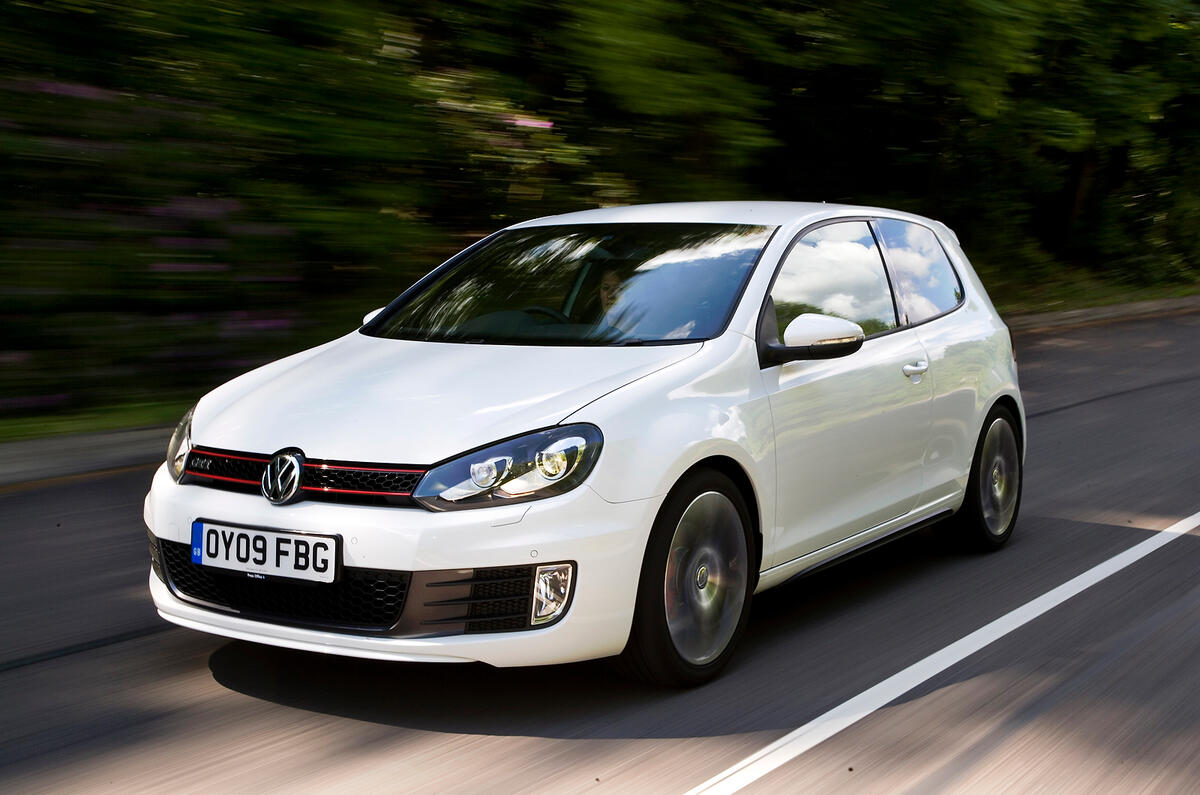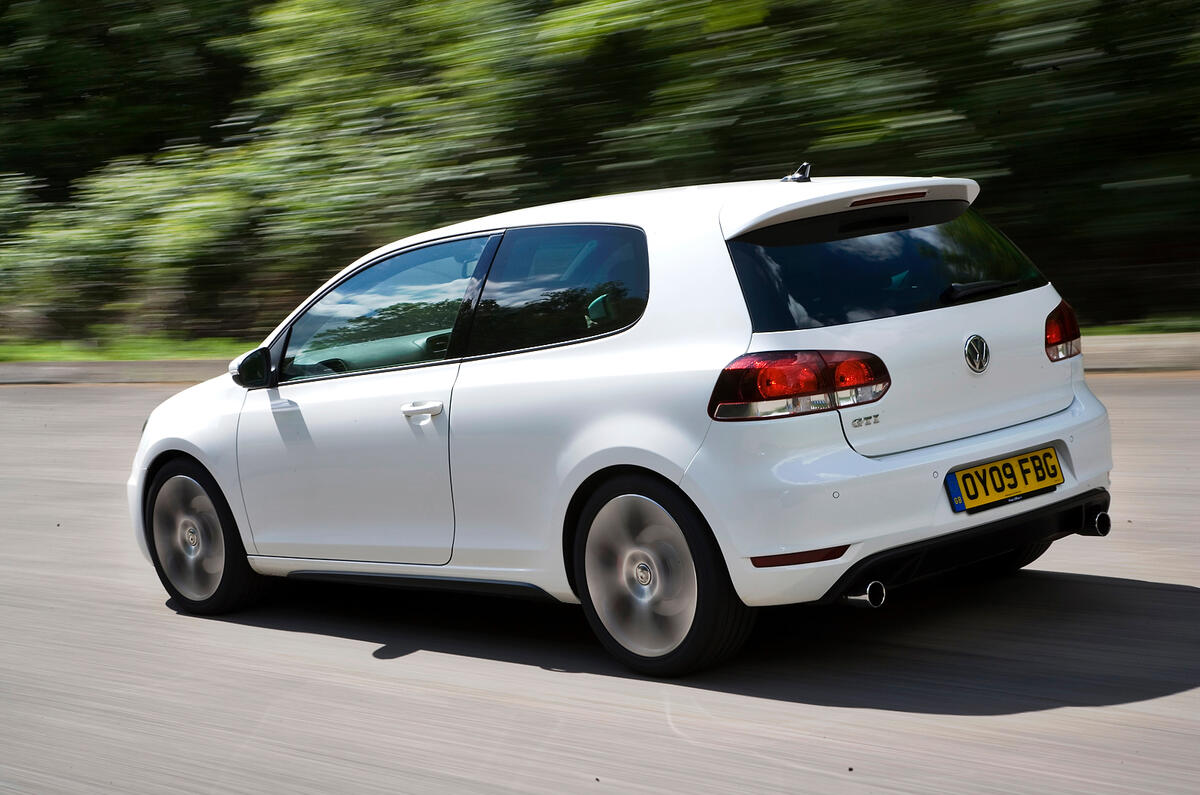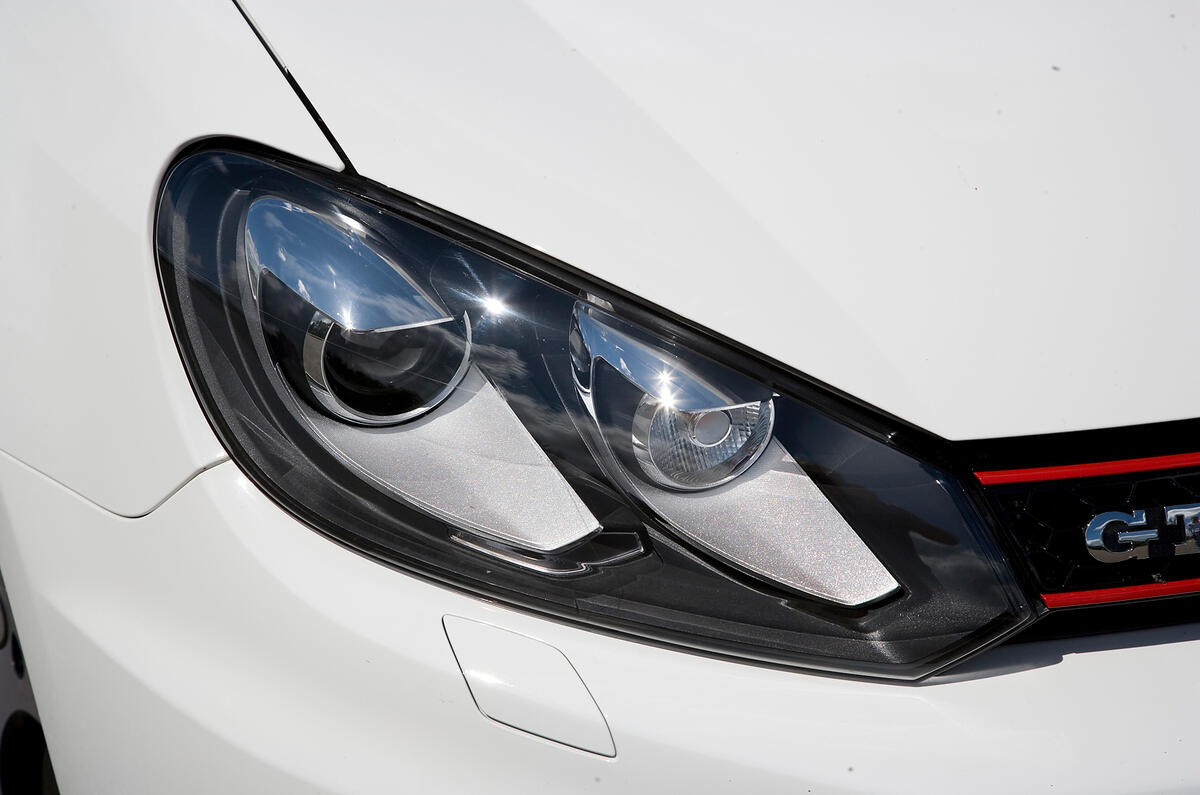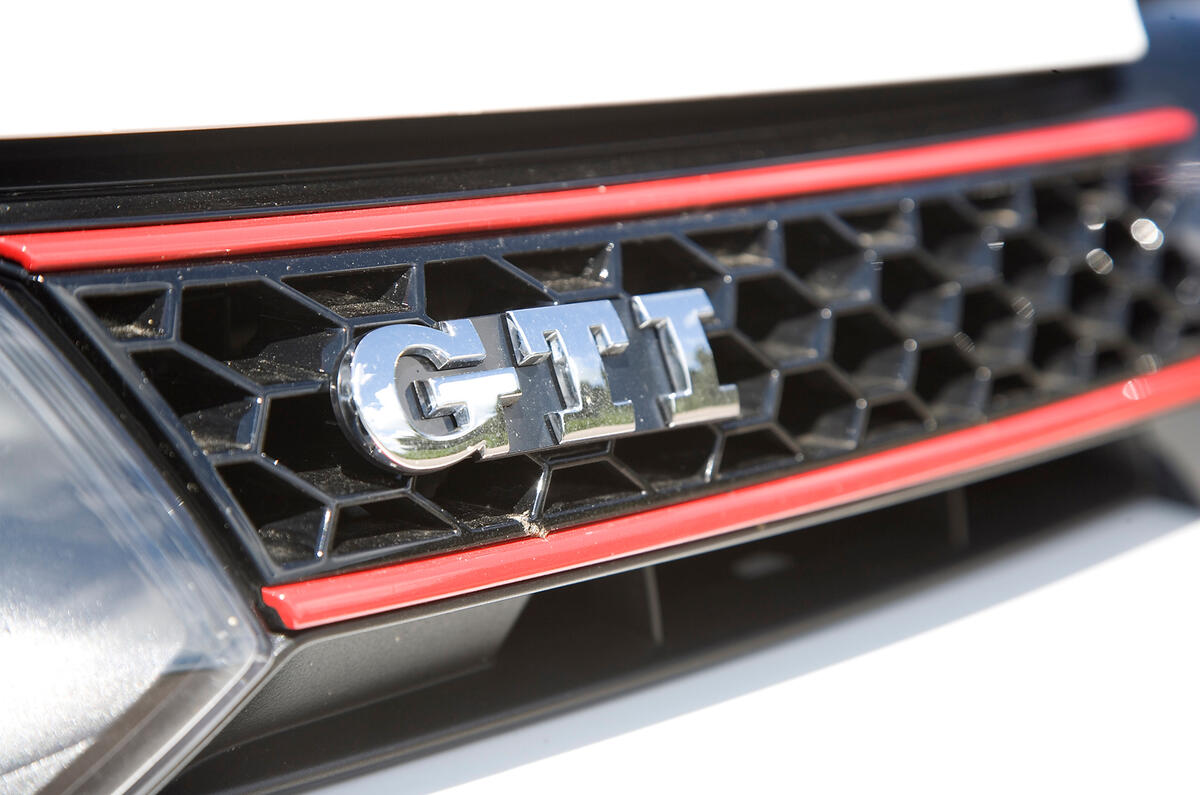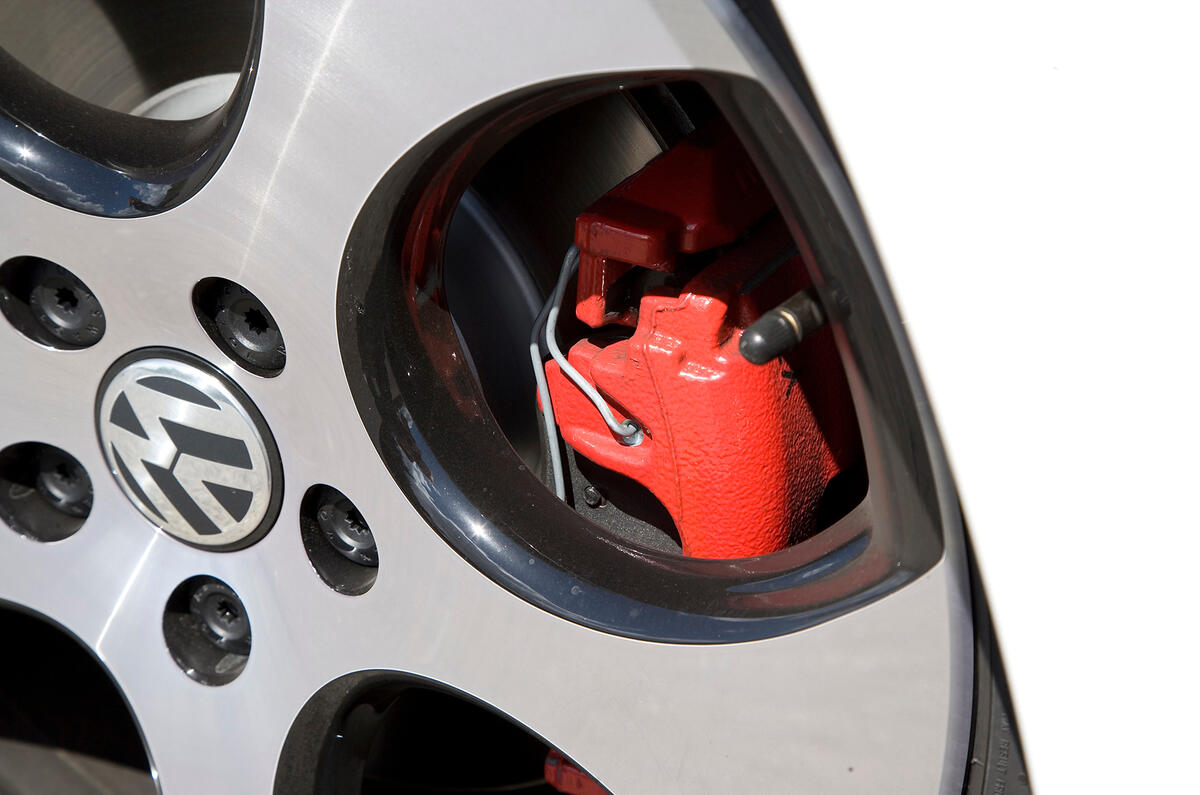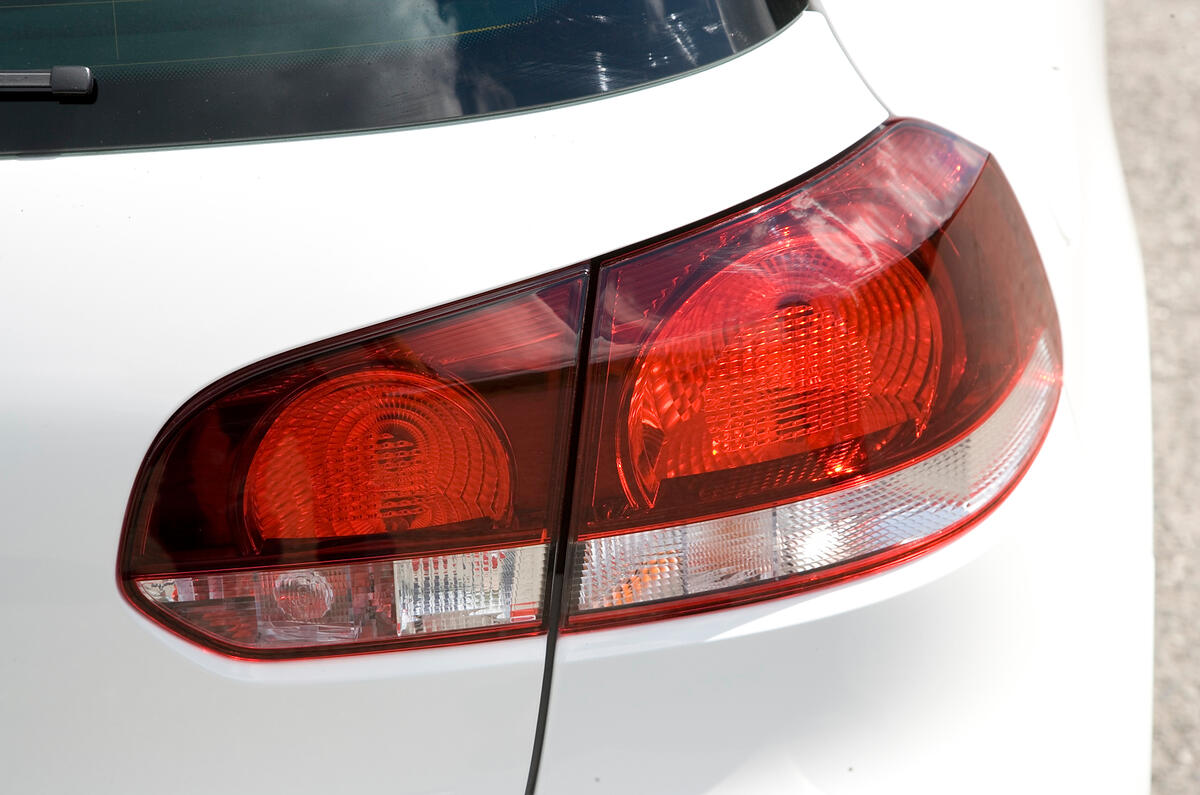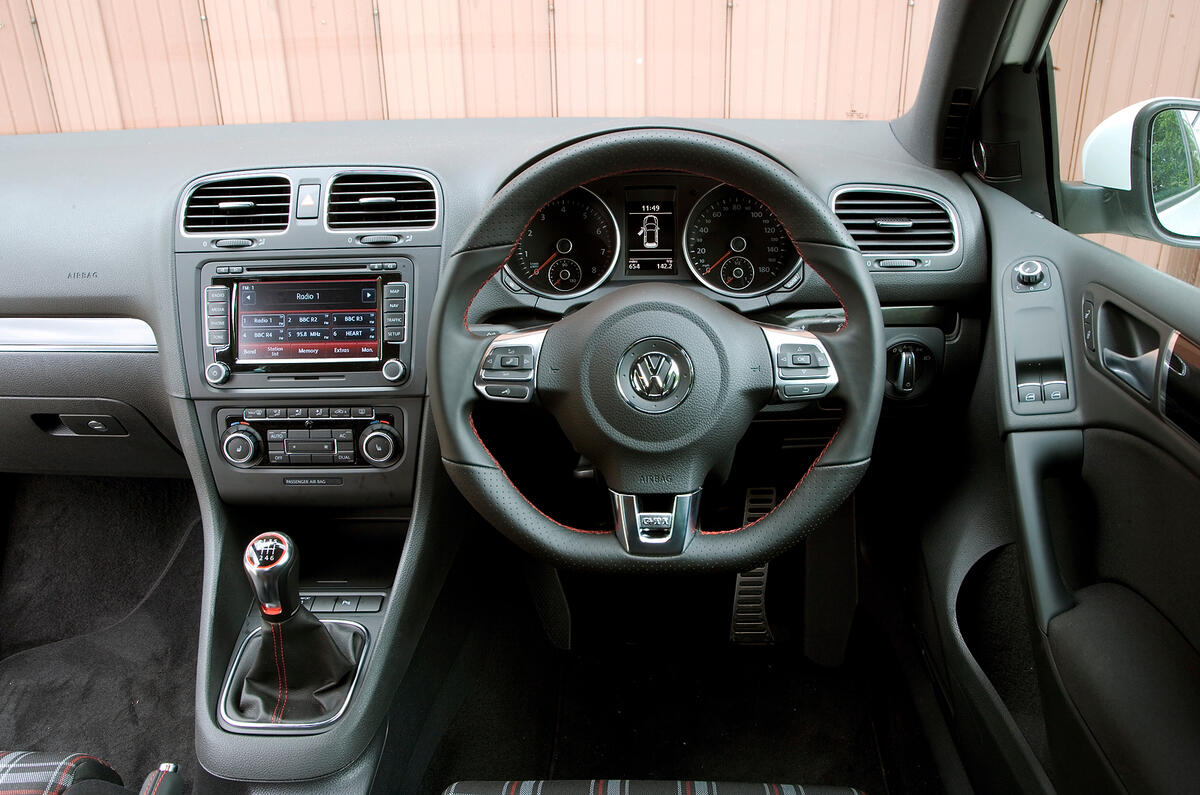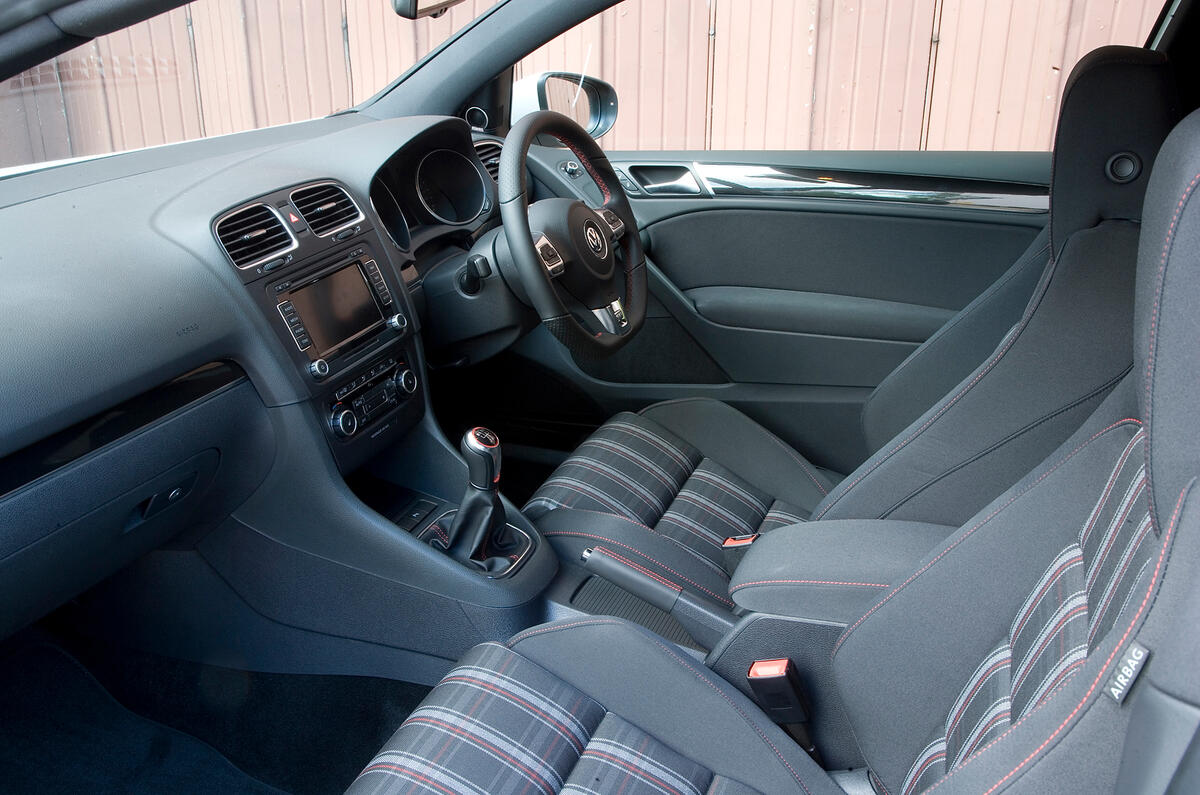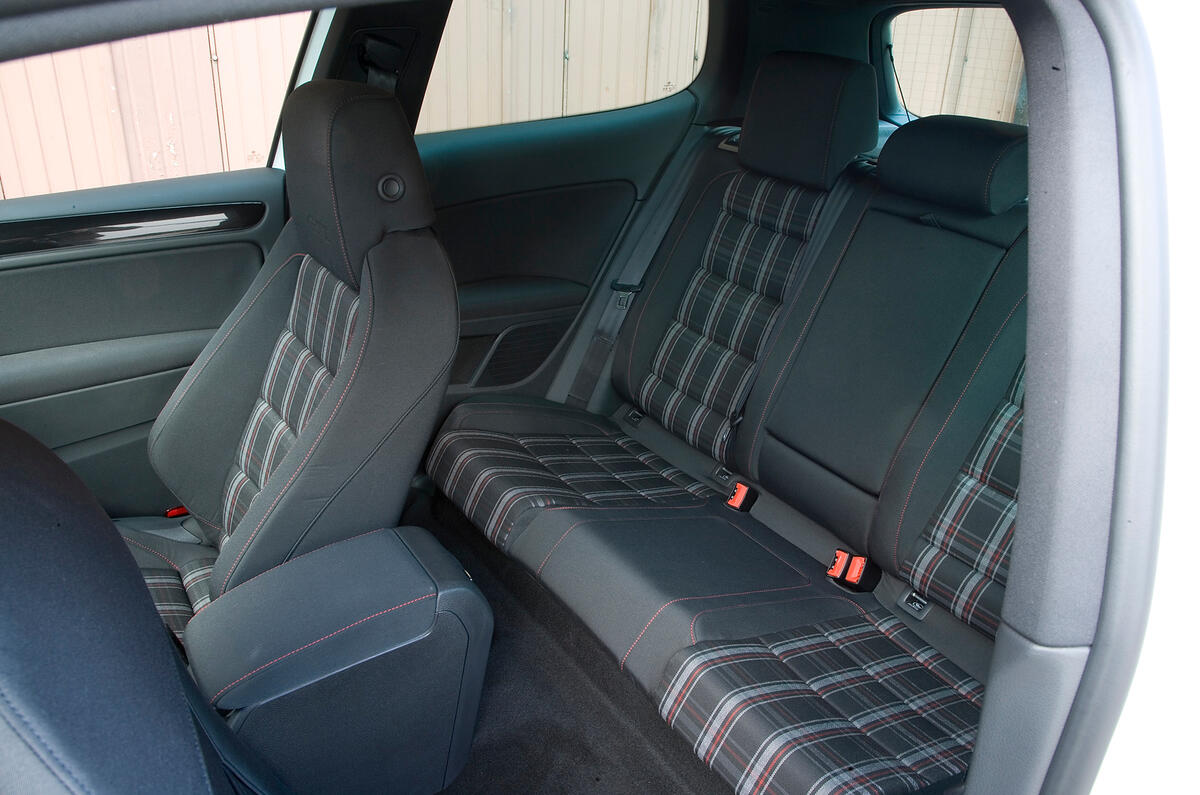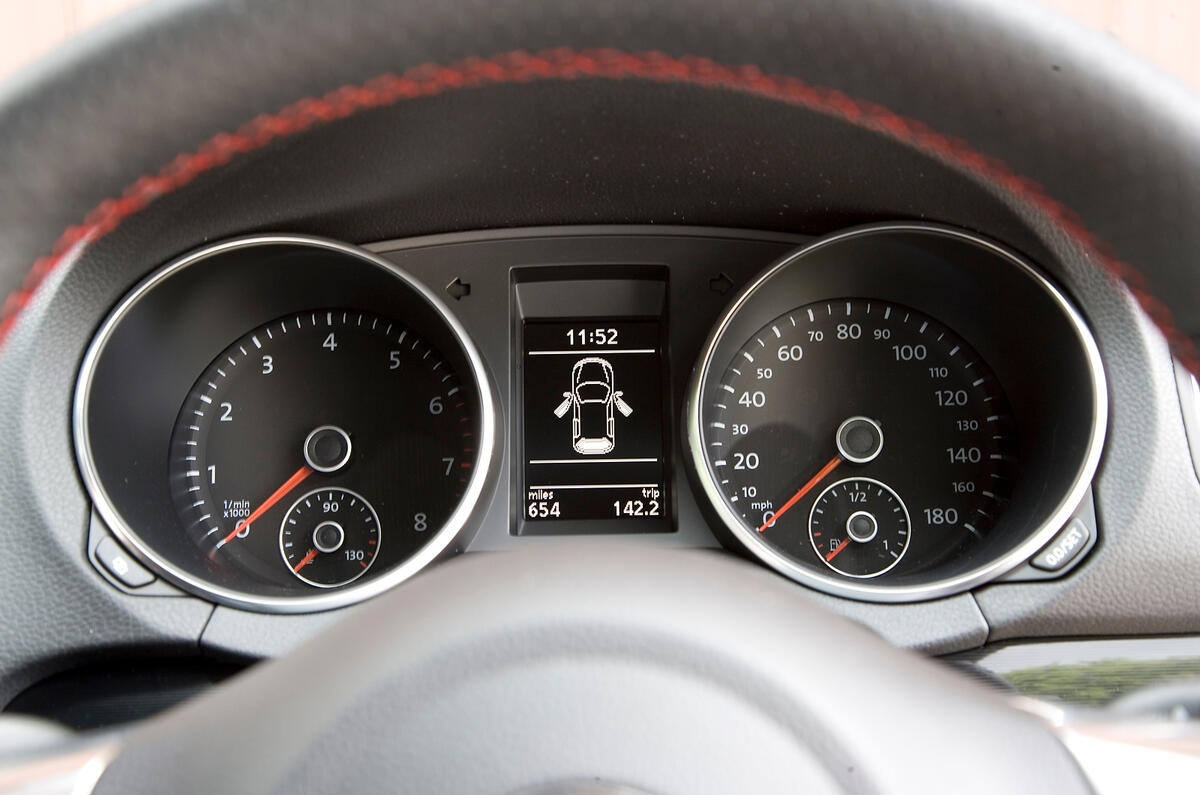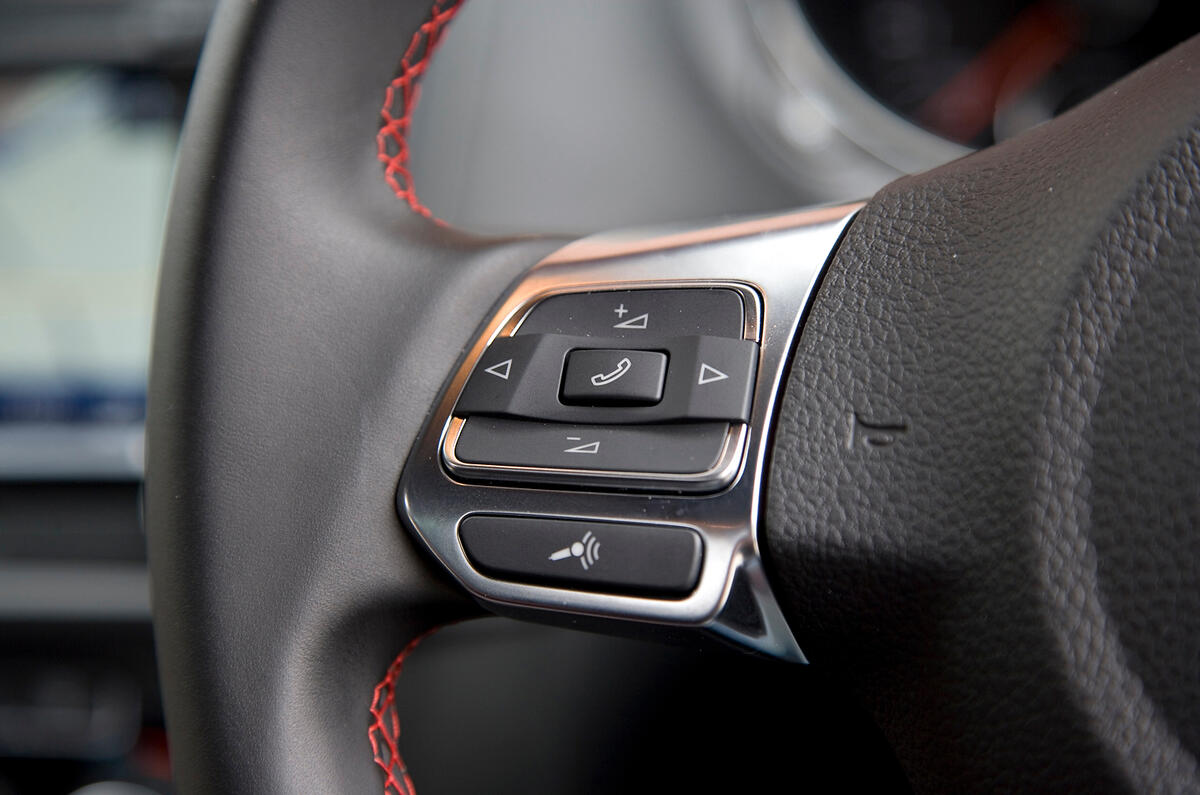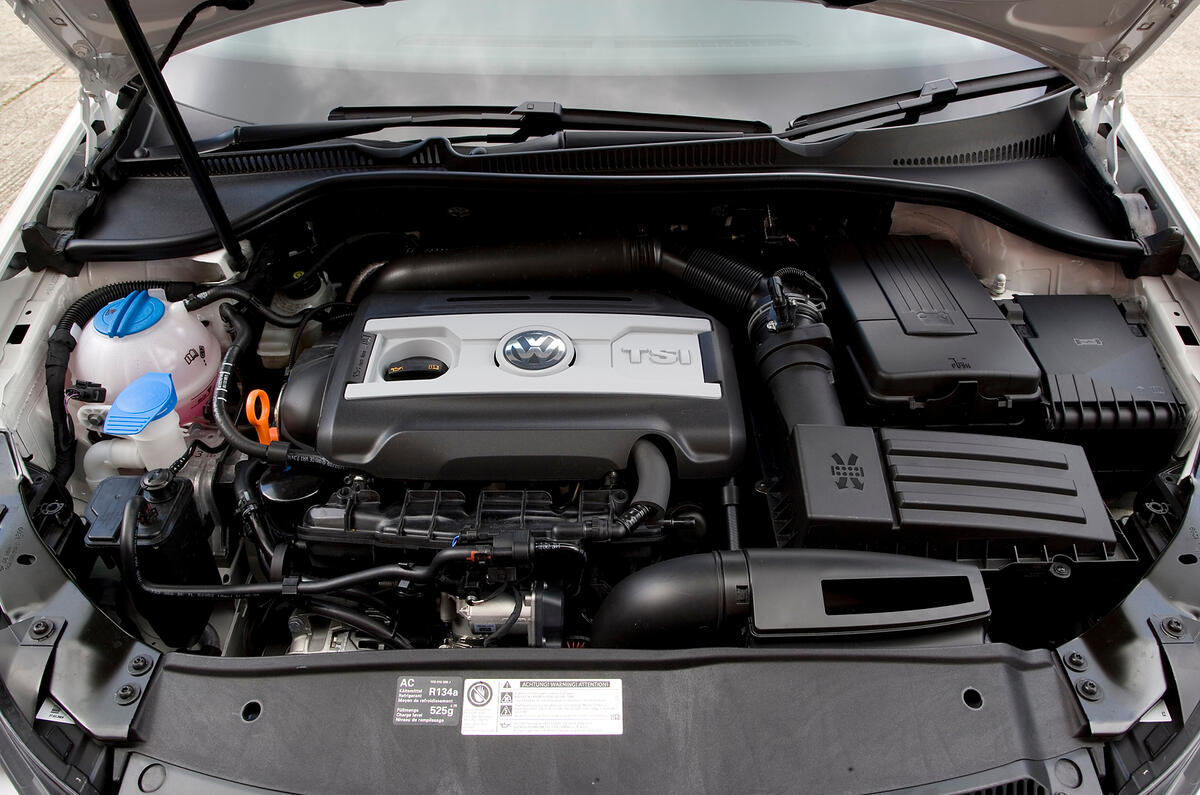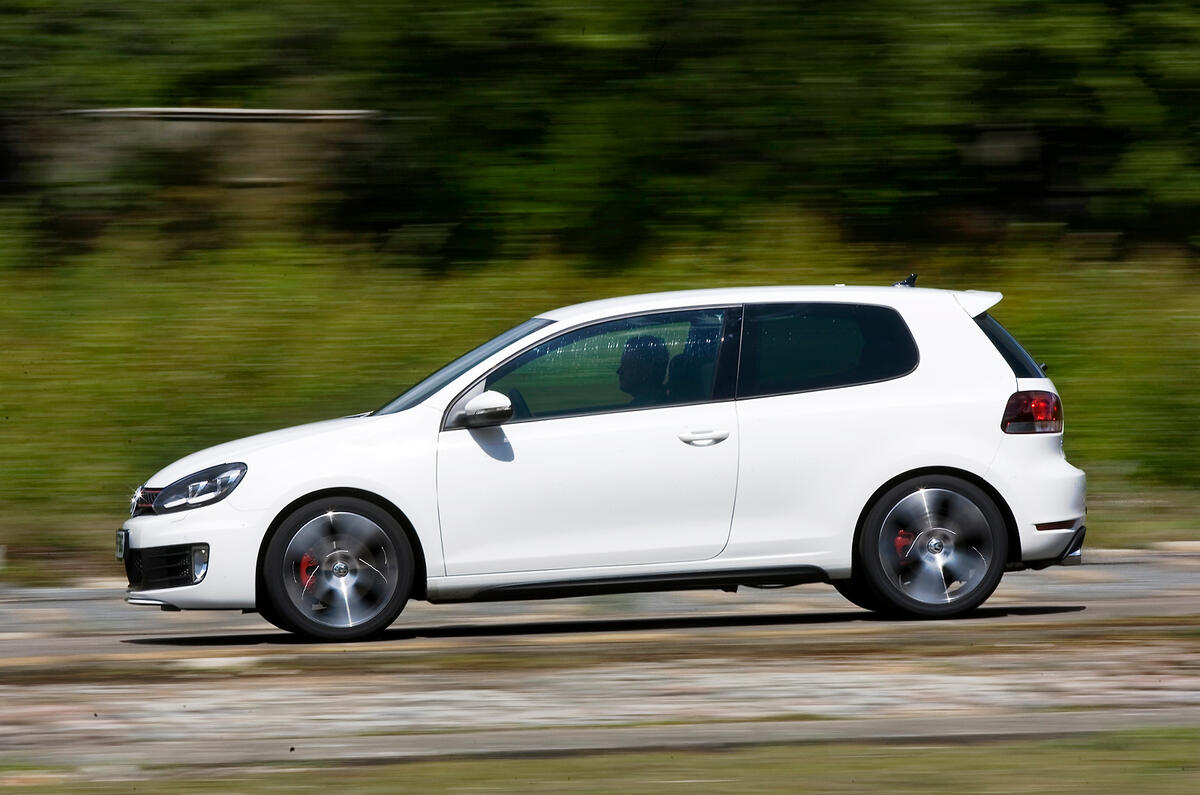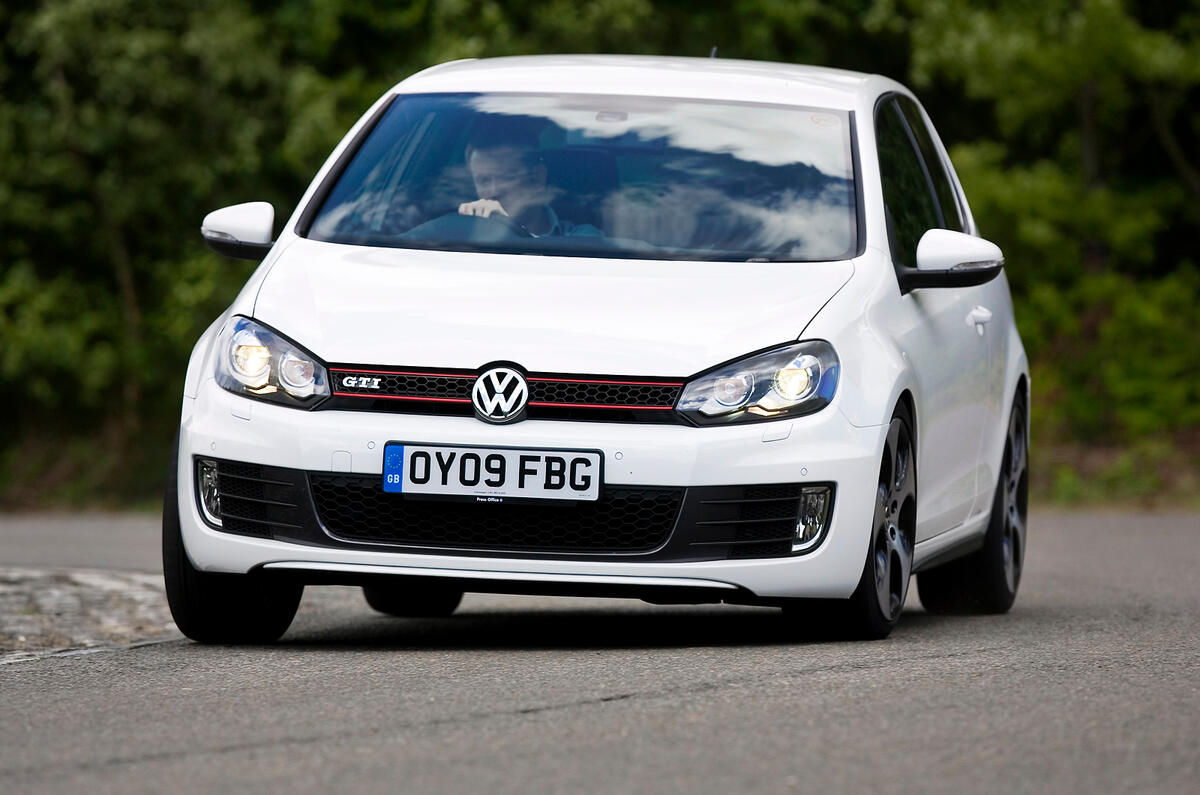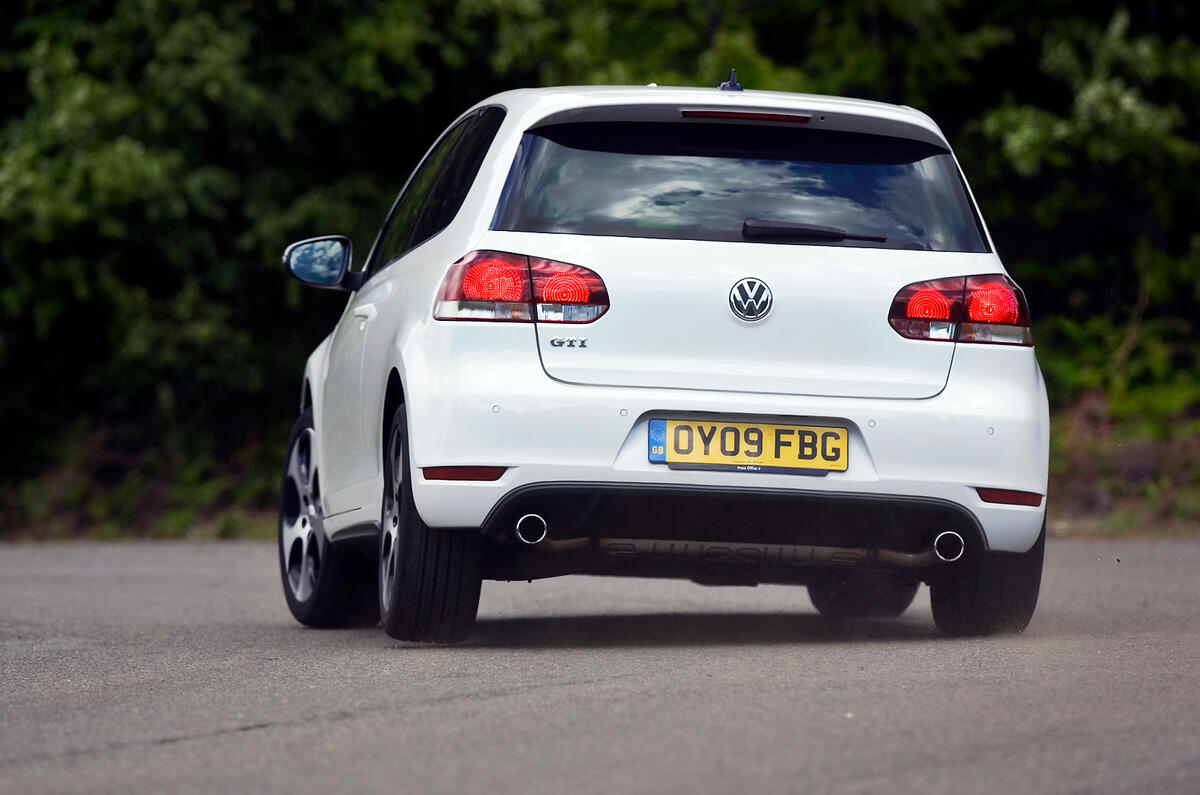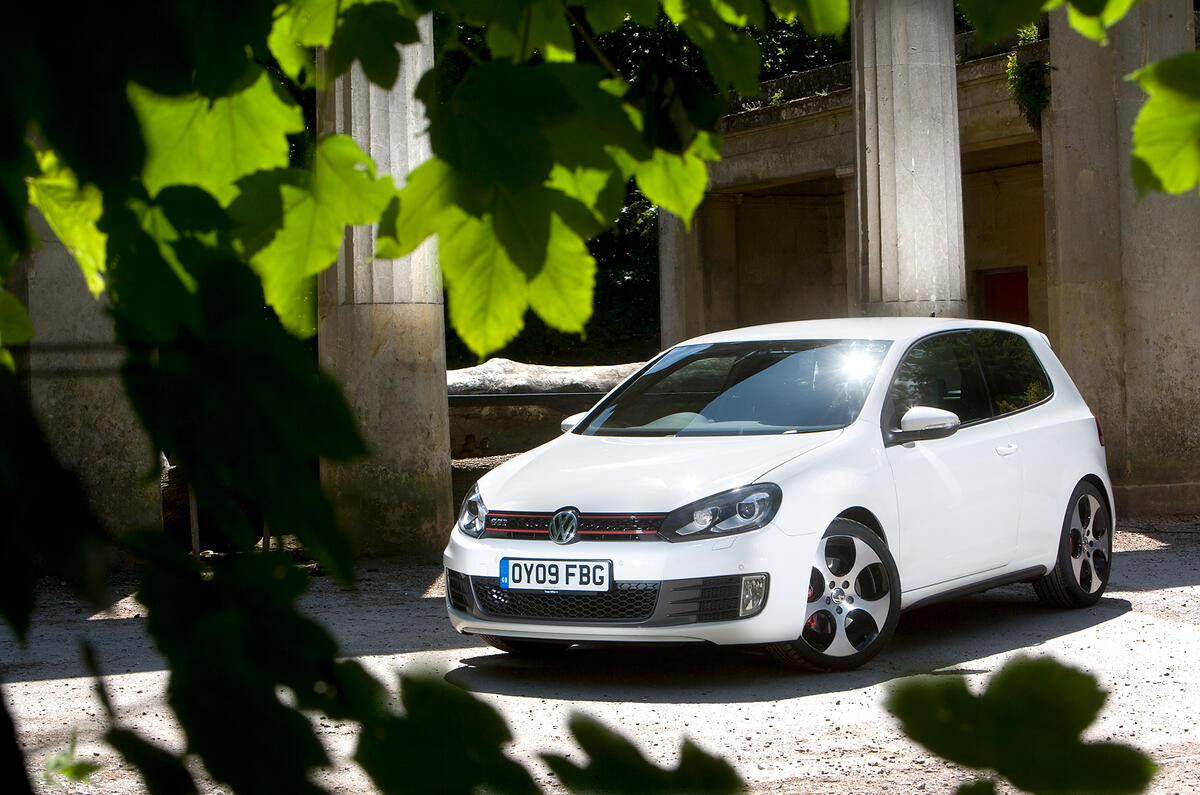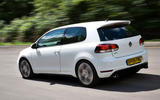There are icons more enduring than the Volkswagen Golf GTI, but they are few and far between, and in the automotive world restricted to the likes of the Porsche 911, Bentley’s V8 engine and the Land Rover Defender.
But having started with a car of pure genius back in 1975 and following it up with something perhaps more impressive still, the Mk3 Golf GTI was a crushing disappointment and Mk4 only a small step in the right direction.
The last version marked a near-miraculous return to form, breathing fresh life into a brand verging on the moribund.
What you’re looking at here is version six – and it must have presented VW with something of a dilemma. Should it aim to take another big step and produce a car perhaps as ground-breaking as the original, or would a more cautious, evolutionary approach be better advised? And that is what this Golf GTI is here to tell us.
In basic form, with a three-door body and manual gearbox, the Golf GTi costs more than the equivalent Scirocco. Question is, is it worth it?



